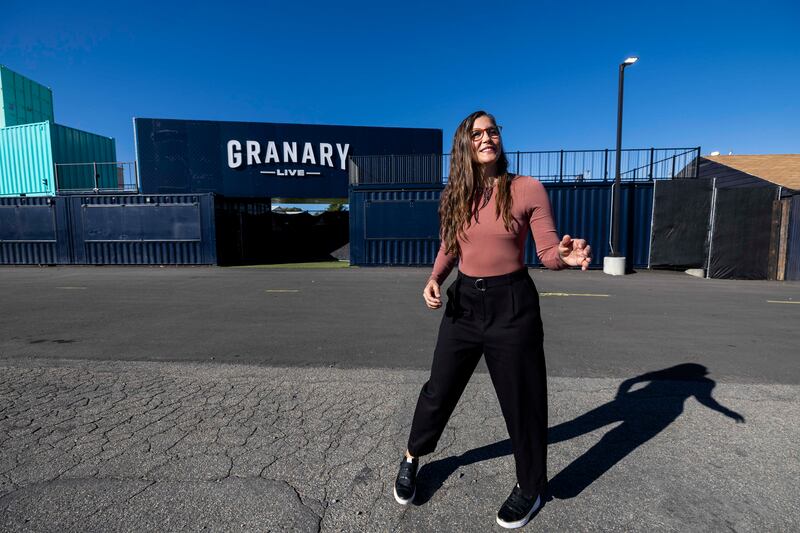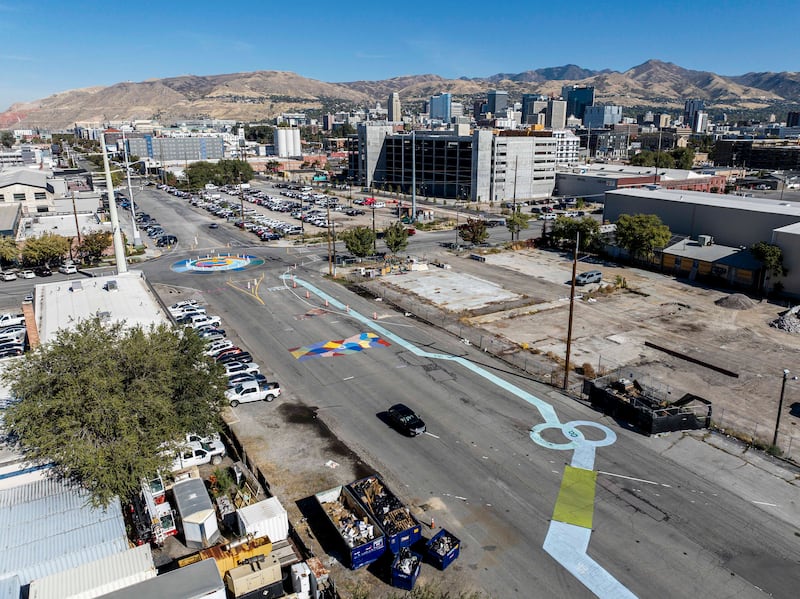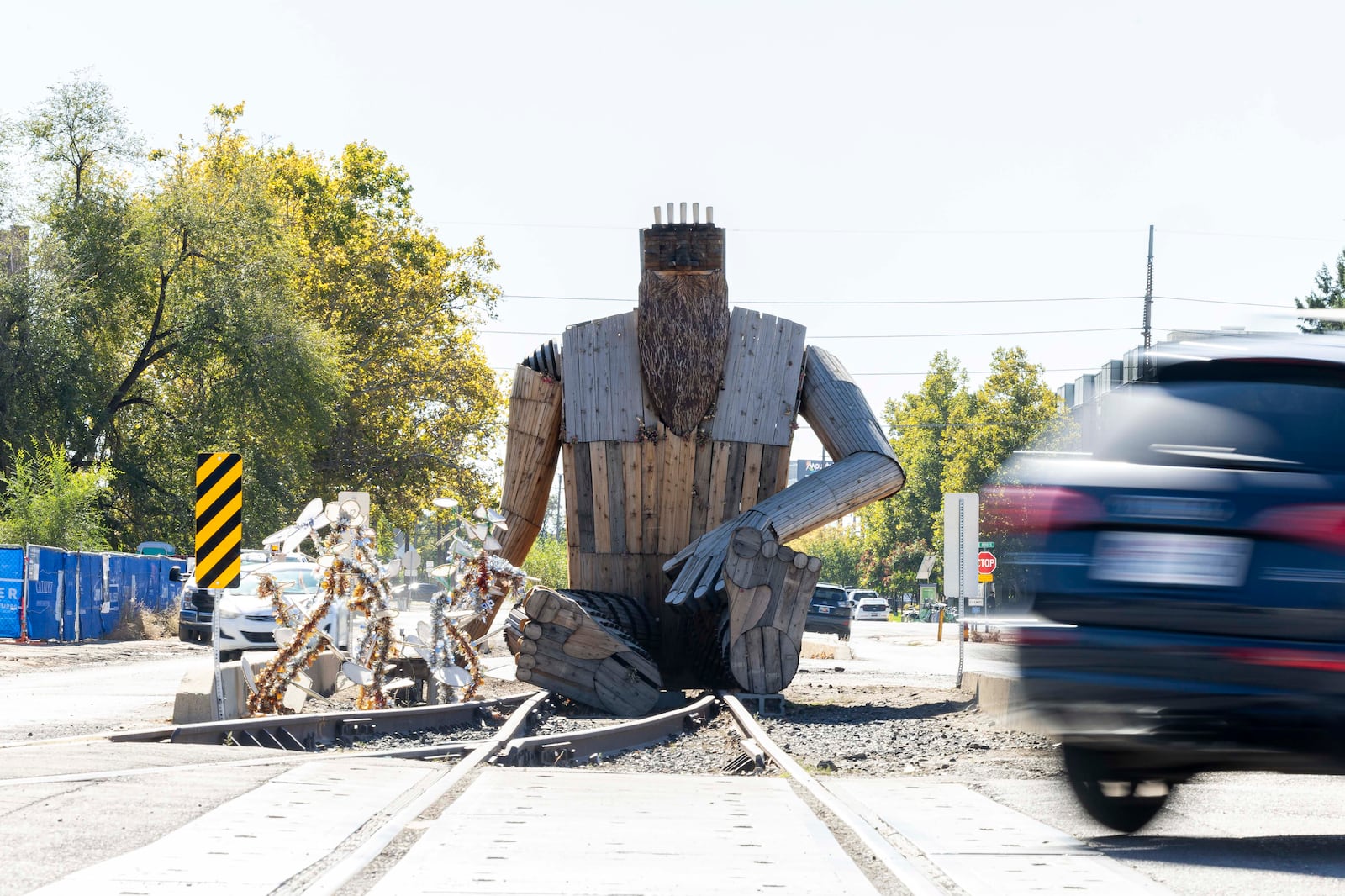This story appears in the 2025 Advisor, a publication sponsored by Colliers Utah.
There was a time when one of Salt Lake City’s main selling points was low costs of living and labor.
“That price arbitrage is no longer what it used to be,” Chris Kirk, managing director at Colliers Utah, says with a laugh. “Now, to attract new business coming from big urban areas, we have to win based on the desirability to be here. That means matching the amenities that decision-makers are used to. That requires a strong culture and arts scene knit together by walkable streets, world-class hospitality, entertainment, music and all the vibrancy of a world-class city.”
Though he sells commercial real estate throughout the Wasatch Front, Kirk is known for his special expertise in downtown Salt Lake City — and with good reason.
“I grew up and lived in the downtown area almost my entire life, and I’ve spent my entire 30-year career working in a downtown office,” Kirk says. “I’ve watched this city evolve, and it’s all been exciting, but culturally, something really unique and interesting is happening right now.”
Kirk feels that a lack of continuity has traditionally held back the culture of Salt Lake City’s downtown.
“We’ve had a fragmentation problem where there’s a little central business district, then all these unwalkable blocks between The Gateway and City Creek Center. Then there’s Abravanel Hall, Temple Square and the Delta Center like disconnected islands,” Kirk says. “The solution — and what’s filling in the gaps — is a growing wave of arts, culture and entertainment.”
Reimagining Salt Lake City’s industrial gateway
Two prime examples of arts and culture-centered developments include the entertainment district being built around Abravanel Hall and the Granary District. While the process of planning and approving the entertainment district dominated headlines last fall, the development of the Granary District has made much less noise. This is likely because its aim is to completely transform 50 mostly forgotten and woefully underutilized acres into the kind of quirky and bohemian cultural corridor at the heart of many top-tier urban centers.
The complete remaking of the Granary District — that rundown zone bounded by I-15 and its 900 South exit on the west and south and 600 South and West Temple on the north and east — is the dream of developer Brandon Blaser, also a native of Salt Lake City.

“I spent 20 years living outside of Utah, and I’d go to other cities [that] have these really cool, organic renaissance areas full of restored and readapted buildings housing the coolest local businesses and art and culture. I wondered why Salt Lake didn’t have anything like The Gulch in Nashville or the Design District in Dallas,” Blaser says. “When I moved back to Salt Lake, I could sense that we were seven or eight years away from being ready to have something like that here.”
Blaser says that most of the neighborhoods he aspired to have in Salt Lake City were once old industrial areas near its downtown.
“Amazingly, the first thing one sees when driving into the heart of Salt Lake is our old industrial area, and nobody was doing anything about it,” Blaser says. “Here we were with the best real estate market in America and on every top five list of every other measure of economic strength, but nobody would touch the entrance to our capital city. I knew I had no right to complain about things unless I was willing to do something about it.”
When the history of Salt Lake City — the history of my hometown — is written, this period of cultural transformation will be seen as the start of an exciting new era.
— Brandon Blaser
Blaser raised money and began planning and building his dream. He’s now carving up 10-acre blocks and filling them with wine bars, coffee shops, breweries and music venues, all while keeping and readapting 70 percent of the area’s original structures — a feat Kirk calls “unheard of.”
“The entertainment district and the Granary District will make downtown more vibrant and desirable, more like other big cities,” Kirk continues. “When executives are deciding where to take their companies, and they’re considering recruiting and retaining talent, these things will sway them in the direction of Utah and downtown Salt Lake.”

A ripple effect
Kirk believes the impact of this dynamic will be felt in commercial real estate.
“We have a limited supply of true Class A properties downtown. I think that bodes well for the current vacancy to be leased,” he says. “There is a real opportunity to take old buildings and reinvent them like the Granary is doing. Investors should look at functionally obsolete properties and readapt them. I tell landlords to re-examine and upgrade their assets to attract these relocating tenants. Doing that will increase the desirability of downtown, which will further increase demand. This is a good opportunity.”
Blaser agrees and takes an even broader view.
“Soon, we’ll be announcing top-tier restaurant and entertainment venues already in markets like Dallas, Austin and New York that are expanding here because they see this is a special place,” he says. “They’ll be leasing right along with organic new concepts being sprouted by local entrepreneurs. When the history of Salt Lake City — the history of my hometown — is written, this period of cultural transformation will be seen as the start of an exciting new era.”

